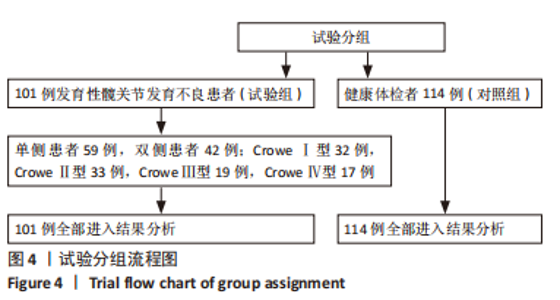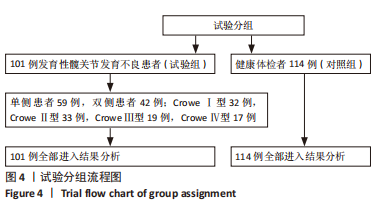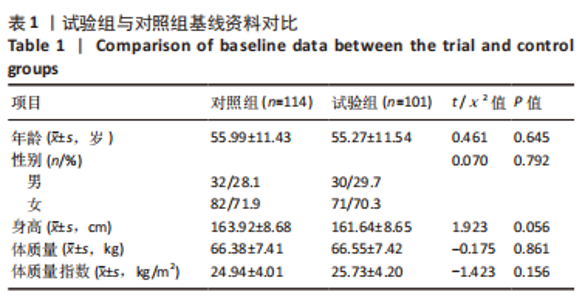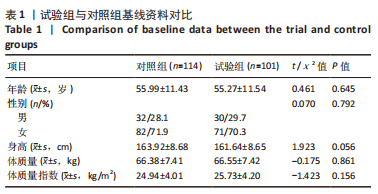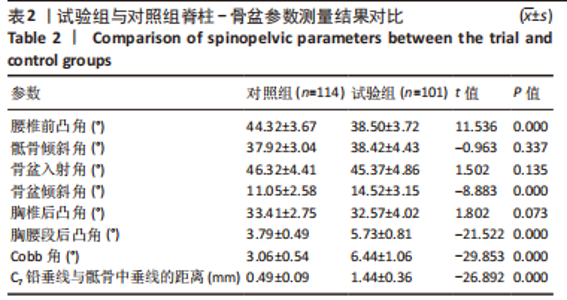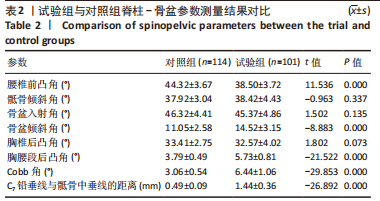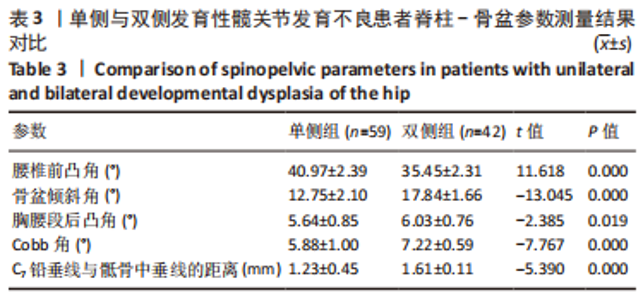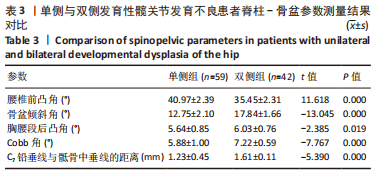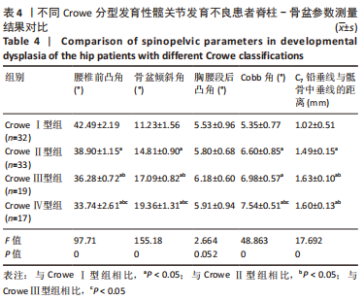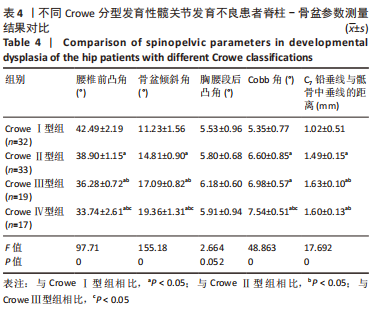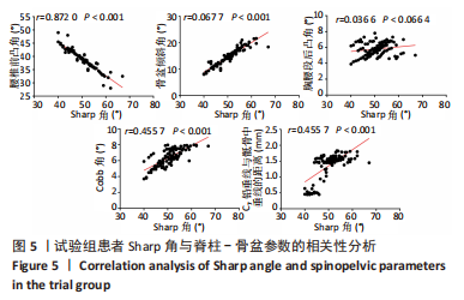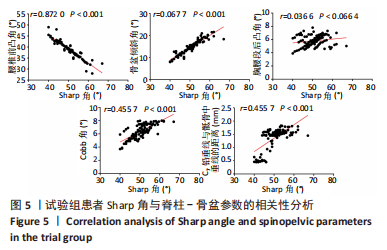[1] 黄诗博,谢辉,王宗璞,等.可降解高纯度镁金属骨钉固定修复发育性髋关节发育不良[J].中国组织工程研究,2022,26(4):493-498.
[2] JAMIL K, SAHARUDDIN R, ABD R AF, et al. Outcome of Open Reduction Alone or with Concomitant Bony Procedures for Developmental Dysplasia of the Hip (DDH). Children. 2022;9(8):1213.
[3] TIAN FD, ZHAO DW, WANG W, et al. Prevalence of Developmental Dysplasia of the Hip in Chinese Adults: A Cross-sectional Survey. Chin Med J (Engl). 2017;130(11):1261-1268.
[4] 江旭,张恒辉,胡旭民,等. 无症状人群与发育性髋关节发育不良人群髋臼三维朝向的半自动测量与对比分析[J].中国修复重建外科杂志, 2021,35(12):1555-1562.
[5] 马明阳,刘宇博,杨敏之,等.单侧CroweⅣ型发育性髋关节发育不良患者人工全髋关节置换术后下腰痛及脊柱矢状位参数变化研究[J].中国修复重建外科杂志,2021,35(12):1543-1548.
[6] 李勇,张振东,任宁涛,等.成人发育性髋关节发育不良患者截骨矫形术后股骨偏心距和下肢力线改变对髋关节功能的影响研究[J].中国修复重建外科杂志,2021,35(12):1549-1554.
[7] LI Q, KADHIM M, ZHANG L, et al. Knee joint changes in patients with neglected developmental hip dysplasia: a prospective case-control study. Knee. 2014;21(6):1072-1076.
[8] LIU J, HUANG P, JIANG G, et al. Spinal-pelvic sagittal parameters in patients with gluteal muscle contracture: an imaging study. PeerJ. 2022;10:e13093.
[9] SHIN JK, LEE JS, GOH TS, et al. Correlation between clinical outcome and spinopelvic parameters in ankylosing spondylitis. Eur Spine J. 2014;23(1): 242-247.
[10] SUH SW, SUH DH, KIM JW, et al. Analysis of sagittal spinopelvic parameters in cerebral palsy. Spine J. 2013;13(8):882-888.
[11] REN P, KONG X, CHAI W, et al. Sagittal spinal-pelvic alignment in patients with Crowe type IV developmental dysplasia of the hip. BMC Musculoskelet Disord. 2020;21(1):688.
[12] ZHANG J, BUSER Z, ABEDI A, et al. Can C2-6 Cobb Angle Replace C2-7 Cobb Angle?: An Analysis of Cervical Kinetic Magnetic Resonance Images and X-rays. Spine (Phila Pa 1976). 2019;44(4):240-245.
[13] LI WJ, SUN ZJ, GUO SG, et al. The effect of growing Rod treatment on coronal balance during serial lengthening surgeries in early onset scoliosis. BMC Musculoskelet Disord. 2016;17:158.
[14] SUH DH, HONG JY, SUH SW, et al. Analysis of hip dysplasia and spinopelvic alignment in cerebral palsy. Spine J. 2014;14(11):2716-2723.
[15] NISHIDA N, IZUMIYAMA T, ASAHI R, et al. Changes in the global spine alignment in the sitting position in an automobile. Spine J. 2020;20(4):614-620.
[16] ZHANG G, LI M, QIAN H, et al. Coronal and sagittal spinopelvic alignment in the patients with unilateral developmental dysplasia of the hip: a prospective study. Eur J Med Res. 2022;27(1):160.
[17] SALTZMAN BM, LOUIE PK, CLAPP IM, et al. Assessment of Association Between Spino-Pelvic Parameters and Outcomes Following Gluteus Medius Repair. Arthroscopy. 2019;35(4):1092-1098.
[18] 鲍圣亮,许平,鲁宁,等.步态周期中髋关节软骨应力分布对弧形髋臼周围截骨手术的影响[J].医用生物力学,2022,37(4):612-617.
[19] HARADA T, HASHIZUME H, TANIGUCHI T, et al. Association between acetabular dysplasia and sagittal spino-pelvic alignment in a population-based cohort in Japan. Sci Rep. 2022;12(1):12686.
[20] YU Y, SONG K, WU B, et al. Coronal Compensation Mechanism of Pelvic Obliquity in Patients With Developmental Dysplasia of the Hip. Global Spine J. 2021: 1281017656.
[21] CHA E, PARK JH. Spinopelvic Alignment as a Risk Factor for Poor Balance Function in Low Back Pain Patients. Global Spine J. 2022: 1925682221076417. doi: 10.1177/21925682221076417.
[22] MATSUYAMA Y, HASEGAWA Y, YOSHIHARA H, et al. Hip-spine syndrome: total sagittal alignment of the spine and clinical symptoms in patients with bilateral congenital hip dislocation. Spine (Phila Pa 1976). 2004;29(21): 2432-2437.
[23] FUKUSHIMA K, MIYAGI M, INOUE G, et al. Relationship between spinal sagittal alignment and acetabular coverage: a patient-matched control study. Arch Orthop Trauma Surg. 2018;138(11):1495-1499.
[24] SUH SW, SUH DH, KIM JW, et al. Analysis of sagittal spinopelvic parameters in cerebral palsy. Spine J. 2013;13(8):882-888.
[25] JACKSON RP, KANEMURA T, KAWAKAMI N, et al. Lumbopelvic lordosis and pelvic balance on repeated standing lateral radiographs of adult volunteers and untreated patients with constant low back pain. Spine (Phila Pa 1976). 2000;25(5):575-586.
[26] NOSHCHENKO A, HOFFECKER L, CAIN C, et al. Spinopelvic Parameters in Asymptomatic Subjects Without Spine Disease and Deformity: A Systematic Review With Meta-Analysis. Clin Spine Surg. 2017;30(9):392-403.
[27] GLASSMAN SD, BERVEN S, BRIDWELL K, et al. Correlation of radiographic parameters and clinical symptoms in adult scoliosis. Spine (Phila Pa 1976). 2005;30(6):682-688.
|
